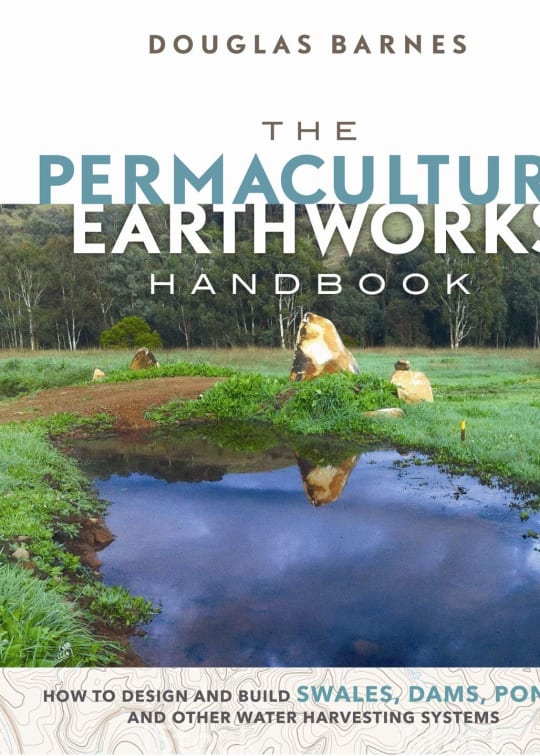Water In Permaculture
At a glance..
Permaculture has many facets, but one of the most exciting is its approach to water. Permaculture designers believe that through intelligent landscape design, it is frequently possible to go beyond conservation of water to actually recharge groundwater supplies. This book should give you more information about water in permaculture.
The details..
Almost all of the world's fresh water is unavailable for use as it is either in oceans or ice caps. In his book 'Water in Permaculture', Bill Mollison highlights that less than 1% of fresh water moves which means we have only a tiny amount available for use. The author stresses on surface storage and soil storage of water by constructing swales, treating soils with Wallace plow, and providing surface storages at greater heights than usual.
Mollison argues that most parts of the world need much more surface storage at greater heights than usual to reduce runoff. He recommends seaweed concentrates as they work like jellies in soils assisting plant resistance to wilt while also storing a lot of water within themselves. Additionally, he suggests designing orchards after caring for the supply chain so that plants can be provided with enough watering during establishment phases.
The author further explains how different species grow out reed mats around lakes or ponds creating heavy crops such as papyrus good for paper production and fodder. However, managing these areas can be difficult if not done carefully since some plants may get out-of-control quickly making eradication almost impossible without damaging other vegetation.
Finally, Mollison talks about maximizing edges by creating islands and peninsulas when designing ponds or lakes so that rushes are blocked from extending onto lawns while also putting trees as buffers between them.
